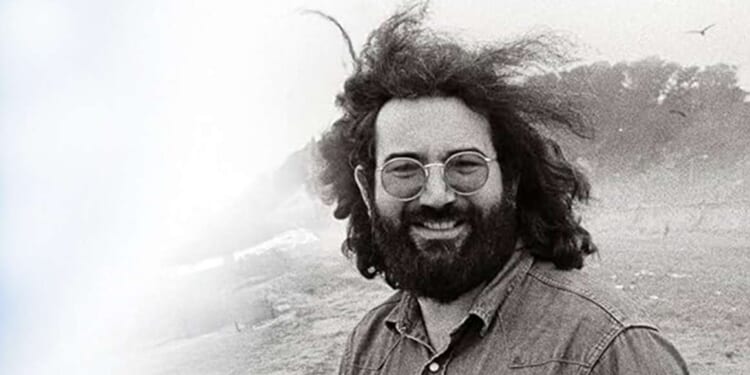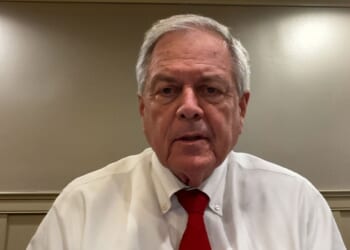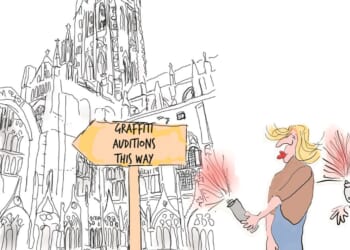Former Los Angeles Times man Jim Newton, in his book Here Beside the Rising Tide, picked a representative subject through which to judge the achievements and excesses of the 1960s counterculture: Grateful Dead guitarist and singer Jerry Garcia.
Garcia served briefly in the U.S. Army before getting sucked into the nascent bohemia around the Menlo Park and San Francisco areas in the mid-’60s—one shaped partly by CIA experiments in giving LSD to citizens, including novelist Ken Kesey and Garcia’s lyric-writing partner Robert Hunter. Garcia abjured electoral politics and world changing as a deliberate vocation (though Newton hits some insights by running Garcia’s history alongside that of fellow California entertainer Ronald Reagan). But President Richard Nixon used Garcia in a campaign ad to represent the untamed American rebel youth many voters hoped he’d quash. Garcia’s band made important appearances at many way stations in American culture, from Woodstock to Altamont to MTV to the early internet.
Garcia once said it was a “lie” that freedom means “absolutely and utterly free,” explaining that “along with freedom there’s implicit responsibility…there is no free ride.” Garcia worked hard to make his California hippie troupe what was in many years the highest grossing band in America.
He also abused his liberty to feed his appetites for food and drugs. That cost him his life. But while he lived, he provided insight, aesthetic bliss, and clues about different ways to approach creativity, community, and business. Few Americans have been as influential. As Newton notes, Garcia’s form of freedom “doesn’t work for everyone, and doesn’t always work even for those who come to accept it,” but “it’s magnificent when it does.”

















